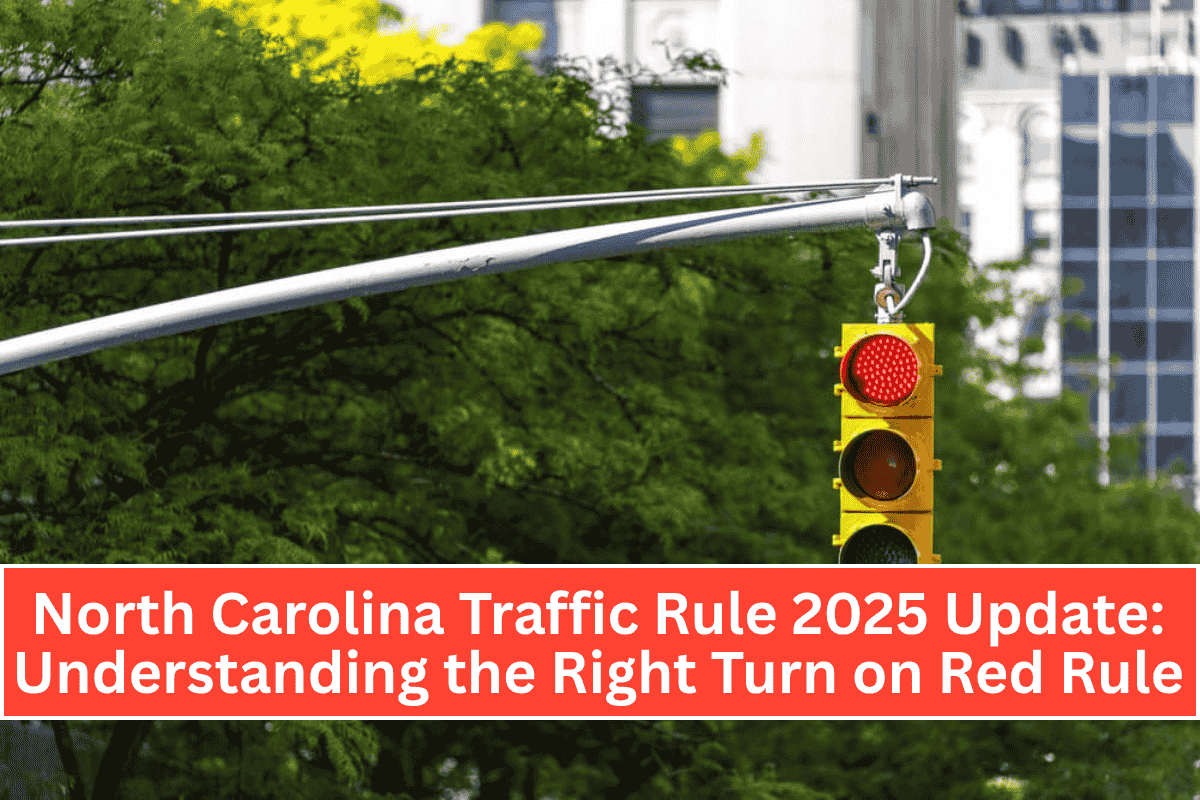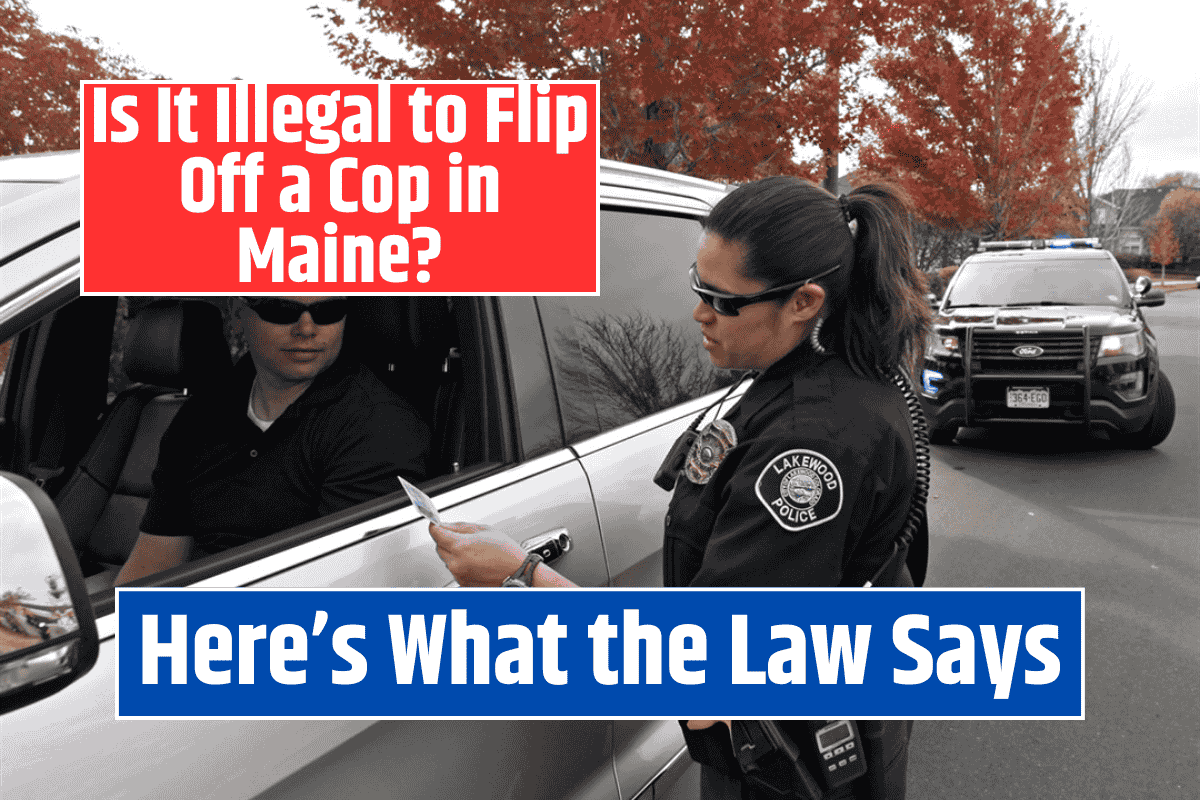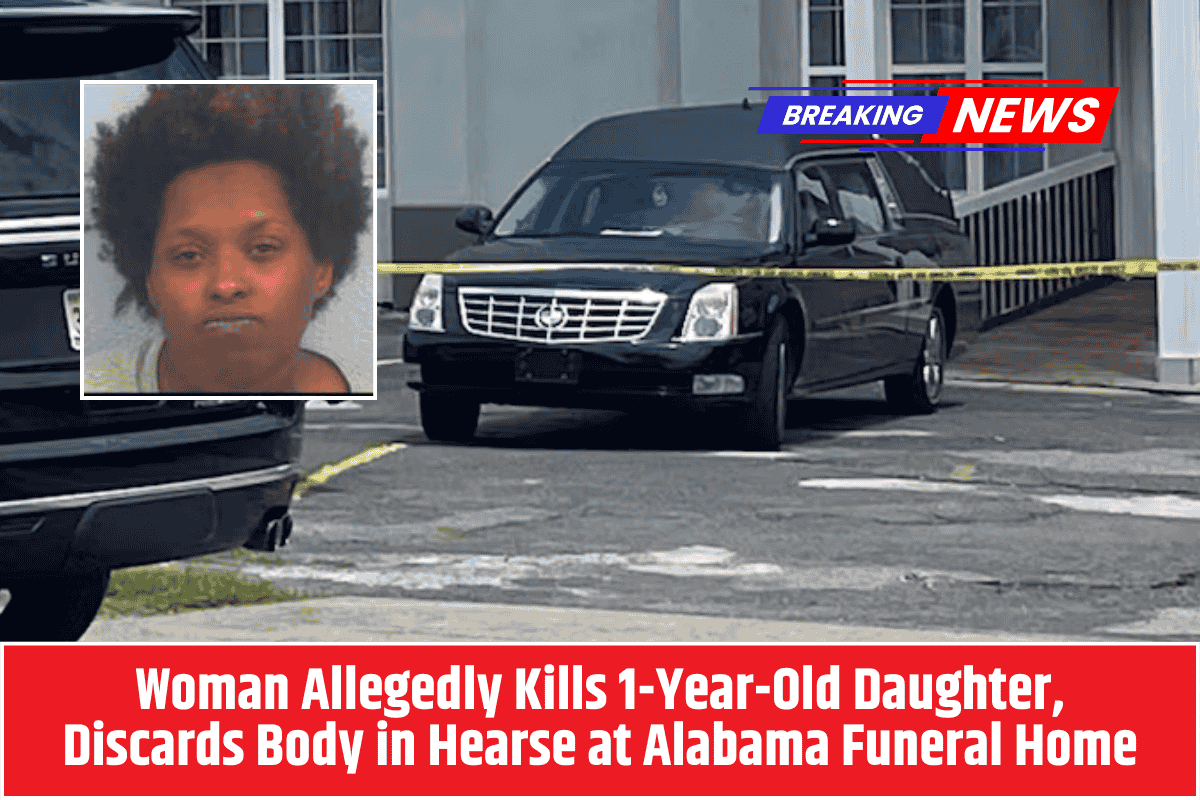In North Carolina, the Right-Turn-on-Red (RTOR) law lets drivers make a right turn at a red light after coming to a complete stop, as long as there are no signs prohibiting the turn and the way is clear of pedestrians, cyclists, and other vehicles.
This rule helps keep traffic flowing smoothly, but there are important guidelines and exceptions to keep in mind.
However, some recent reports have raised concerns about the safety of this rule. A study found that pedestrians are at a higher risk of being hit by vehicles turning right on red, especially when the vehicle is a pickup or SUV. Despite these concerns, drivers must always yield to pedestrians and other traffic before turning.
Let’s go over what you need to know about the Right-Turn-on-Red law in North Carolina, including when you can turn, important exceptions, and safety tips to follow.
Understanding the Right-Turn-on-Red Law in North Carolina
The RTOR law is designed to make traffic flow faster and more efficiently, but drivers must follow certain rules to ensure safety. In North Carolina, you can turn right on red at most intersections after coming to a complete stop. However, before making that turn, you must:
Stop completely at the intersection.
Yield to pedestrians and any vehicles coming from the opposite direction.
Look out for signs that prohibit a right turn on red, as some intersections may have restrictions.
Always be sure to check your surroundings and ensure it’s safe before making the turn.
When Can You Make a Right Turn on Red?
In general, you can make a right turn on red after stopping, as long as there is no sign that prohibits it. You must yield to pedestrians, cyclists, and other vehicles that may be in your path. Before turning, take a moment to check if there are any signs that restrict the turn.
Marc Karlin, a car accident lawyer from Corona, CA, advises drivers to always stay alert. If everyone follows the rules, safety is maintained, and traffic flows more smoothly.
Important Exceptions to the Rule
While you can usually make a right turn on red, there are some important exceptions:
Intersections near schools or those with heavy pedestrian traffic may restrict RTOR for safety reasons.
If heavy traffic or cyclists are coming, it’s safer to wait for the green light.
If you’re in a right-turn lane at a red light, always check for signs that say whether you can proceed.
In these situations, it’s better to be cautious and wait for the green light.
Safety Tips for Making a Right Turn on Red
When making a right turn on red, follow these safety tips to protect yourself and others:
Look left first, then right, and then left again before inching into the intersection.
Turn slowly to give yourself time to react to any pedestrians or vehicles crossing your path.
Watch out for cars turning into the same street and leave enough space between your car and the curb.
Stay alert and keep scanning your surroundings for changing road conditions.
Being focused and practicing defensive driving can help you avoid accidents.
Common Misconceptions About Right Turns on Red
There are a few common mistakes people make when it comes to right turns on red:
No sign means go: Many drivers think that if there’s no sign prohibiting it, they can turn right on red at any intersection. This is true only if the intersection allows it, but always remember to stop completely and yield to traffic and pedestrians.
Flashing red means go: Some people think a flashing red light lets them turn on red. This is not true. A flashing red light means stop and proceed only when it’s safe, just like a stop sign.
Always check for signs and signals before turning. Following the rules will help you avoid accidents and possible fines.
The Right-Turn-on-Red law in North Carolina helps traffic move more efficiently, but drivers must follow specific rules to keep the roads safe.
Remember to stop completely, yield to pedestrians, check for signs, and drive slowly. Stay focused and practice defensive driving to protect yourself and others. Understanding the rules and avoiding common mistakes will help you drive safely and legally.












